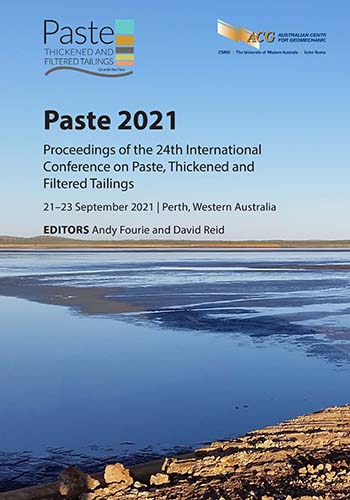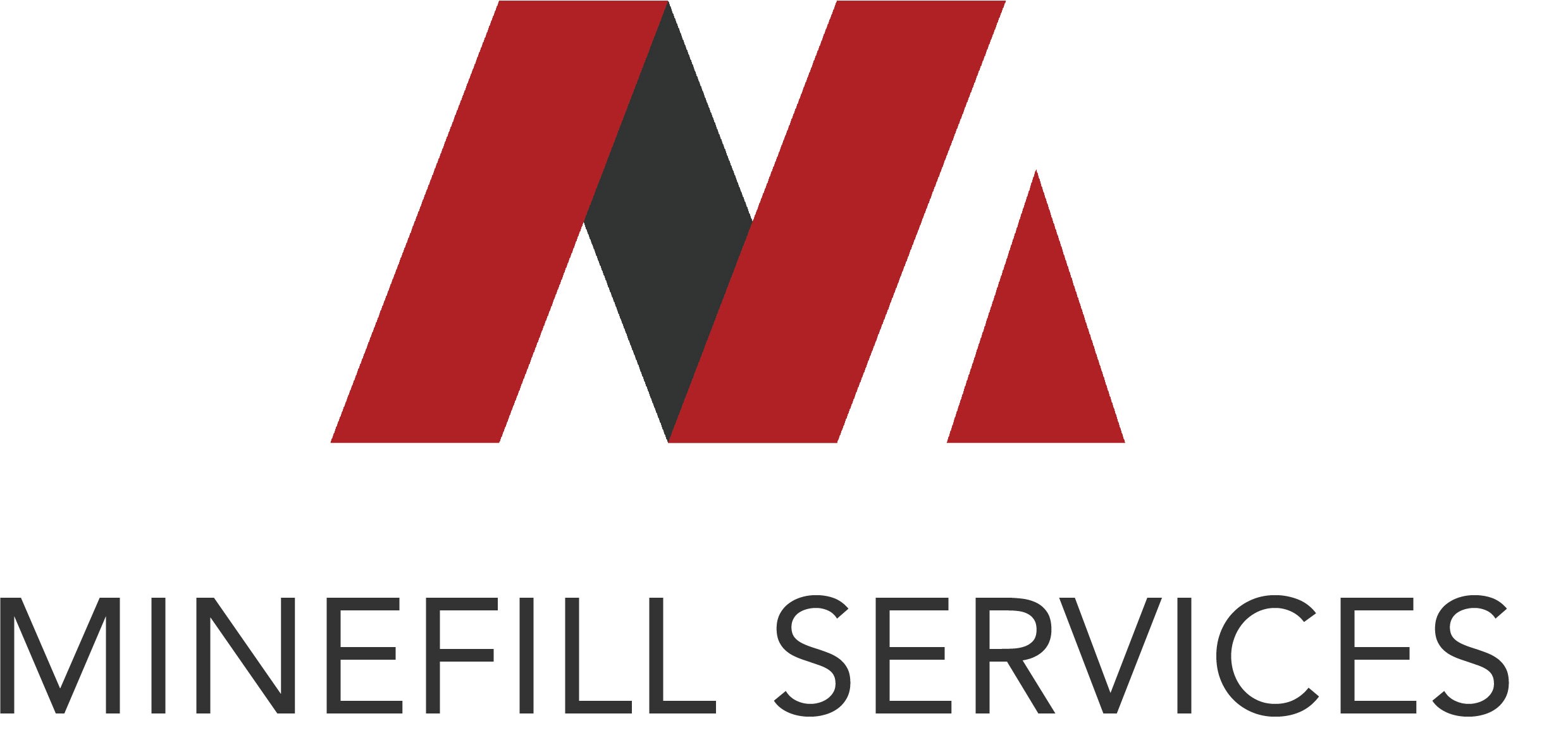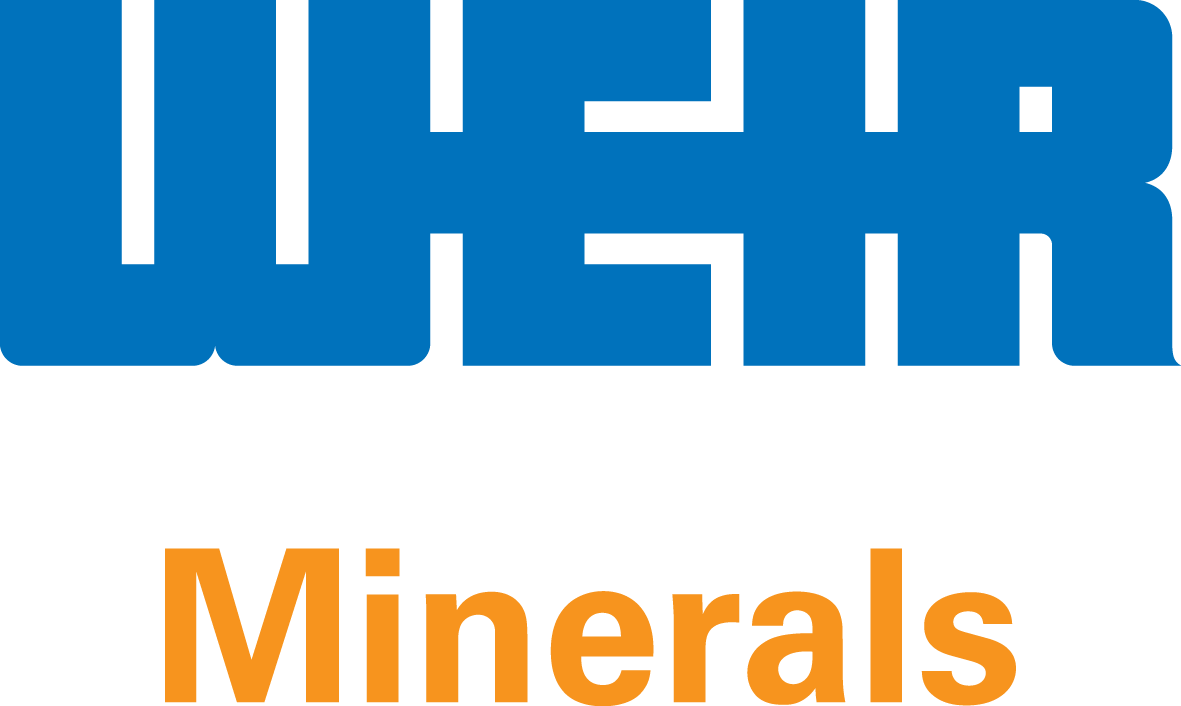Paste thickeners in India’s iron and steel industry

|
Authors: Johnson, JL; Misra, BP |
DOI https://doi.org/10.36487/ACG_repo/2115_14
Cite As:
Johnson, JL & Misra, BP 2021, 'Paste thickeners in India’s iron and steel industry', in AB Fourie & D Reid (eds), Paste 2021: Proceedings of the 24th International Conference on Paste, Thickened and Filtered Tailings, Australian Centre for Geomechanics, Perth, pp. 159-164, https://doi.org/10.36487/ACG_repo/2115_14
Abstract:
Iron production in India has seen rapid growth over the last few years, significantly exceeding forecasts. This growth has accentuated several issues regarding management of the slimes, dewatering, and tailings storage facilities (TSF). The number of slime pelletising beneficiation plants has increased to produce pellets for domestic use and exports. Pellet plants vary in size from 1 to more than 8 Mtpa pellet production. Slime beneficiation can produce tailings with more than 90% passing 20 microns (µm). In light of recent world iron tailings disasters, there has been a focus on much lower risk tailings storage systems. Plants have significant obstacles to overcome in the management of these slime tailings; the tailings’ very fine particle size distribution (PSD) is notorious for poor filtration rates, small TSF areas are available, stream variability can greatly affect dewatering efficiency, and water management at the TSF in high rainfall, to name a few. Paste thickener technology, which provides solutions to several of these challenges, has entered the Indian iron market. The first installation was in 2015 at Shri Bajrang Power and Ispat Ltd Tilda pellet plant. This paper features additional Indian paste thickener sites, discussing dewatering variable feed streams, thickener operation and results, and methods of TSF management.
Keywords: paste thickeners, surface stack, Iron slimes
References:
Indian Bureau of Mines 2020a, ‘Chapter 1: executive summary’, Iron & Steel – Vision 2020, Indian Bureau of Mines, Nagpur.
Indian Bureau of Mines 2020b, ‘Chapter 3: iron ore beneficiation’, Iron & Steel – Vision 2020, Indian Bureau of Mines, Nagpur.
Palmer, J 2020, ‘Simulation of tailings filtration performance’, in H Quelopana (ed.), Paste 2020: Proceedings of the 23rd International Conference on Paste, Thickened and Filtered Tailings, Gecamin Publications, Santiago,
Sharma, A, Jha, B, Mahanta, A & Das, A 2020, ‘A case study on sustainable iron ore management using paste technology’, Transactions of the Indian Academy of Engineering, vol. 5, pp. 593–601,
Shaw, A & MacNamara, L, 2006, ‘Design and commissioning of the Lisheen backfill plant’, in R Jewell, S Lawson & P Newman (eds), Paste 2006: Proceedings of the Ninth International Seminar on Paste and Thickened Tailings, Australian Centre for Geomechanics, Perth, pp. 347–358,
Vilela, V & Salvate, M 2020, ‘High pressure filters for iron ore tailings’, in H Quelopana (ed.), Paste 2020: Proceedings of the 23rd International Conference on Paste, Thickened and Filtered Tailings, Gecamin Publications, Santiago,
10.36487/ACG_repo/2052_09
© Copyright 2025, Australian Centre for Geomechanics (ACG), The University of Western Australia. All rights reserved.
View copyright/legal information
Please direct any queries or error reports to repository-acg@uwa.edu.au
View copyright/legal information
Please direct any queries or error reports to repository-acg@uwa.edu.au





